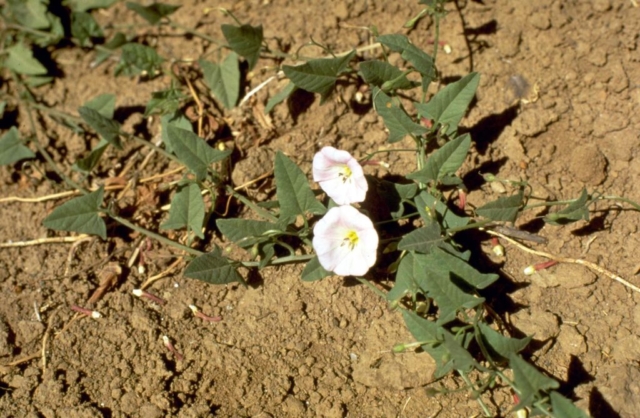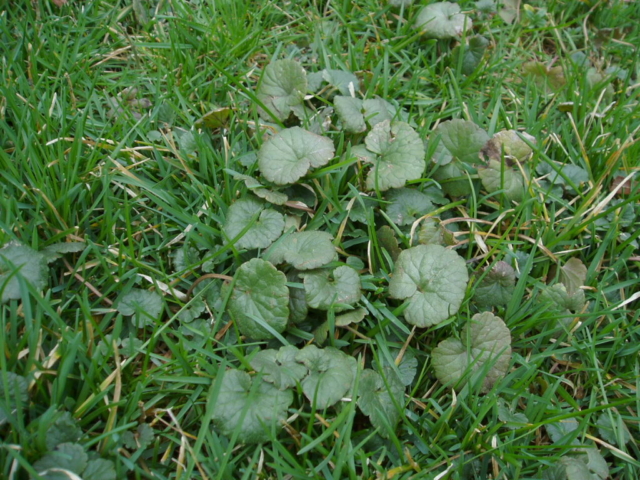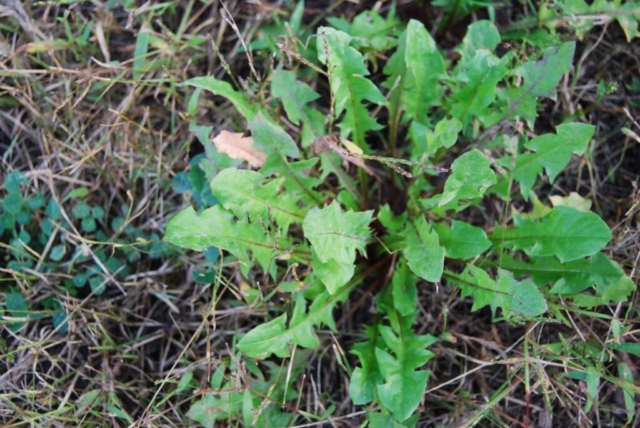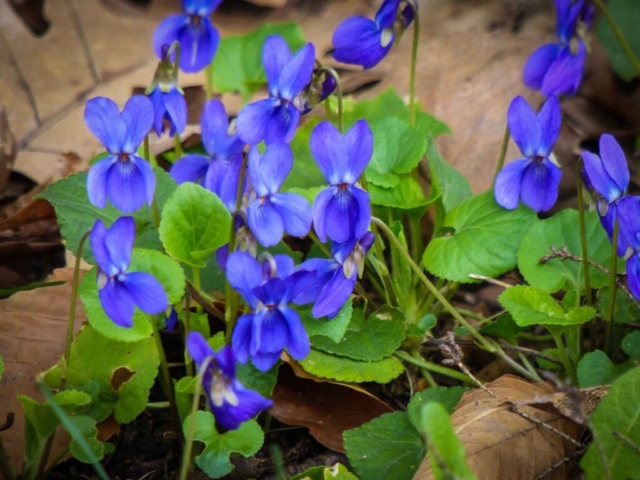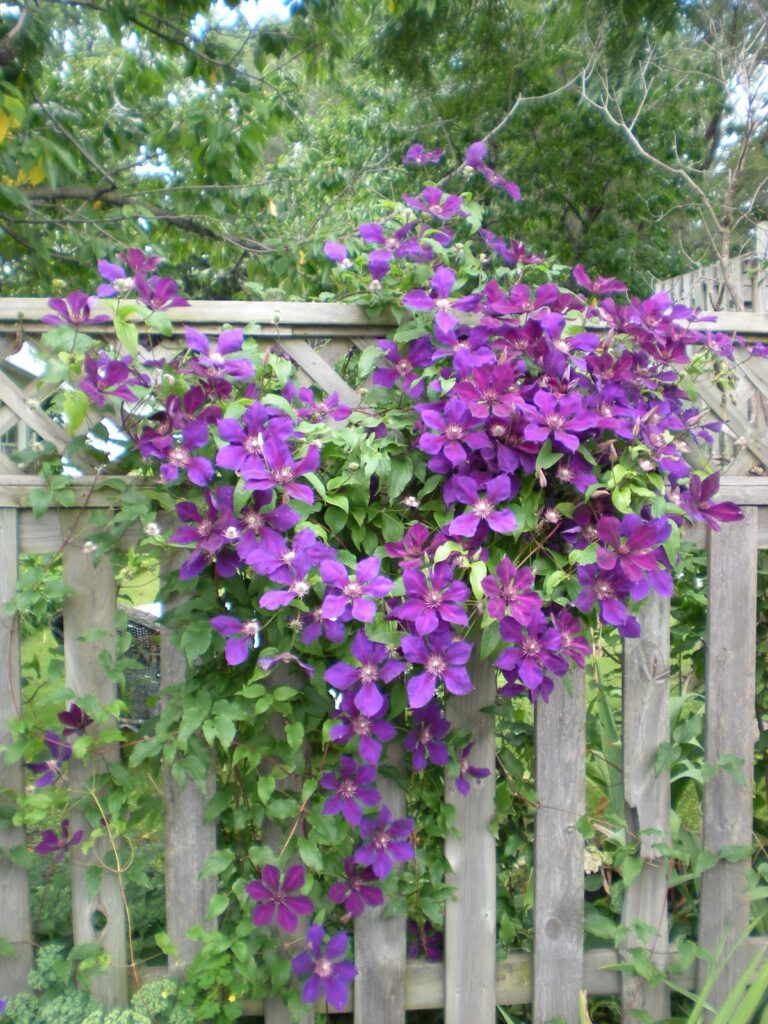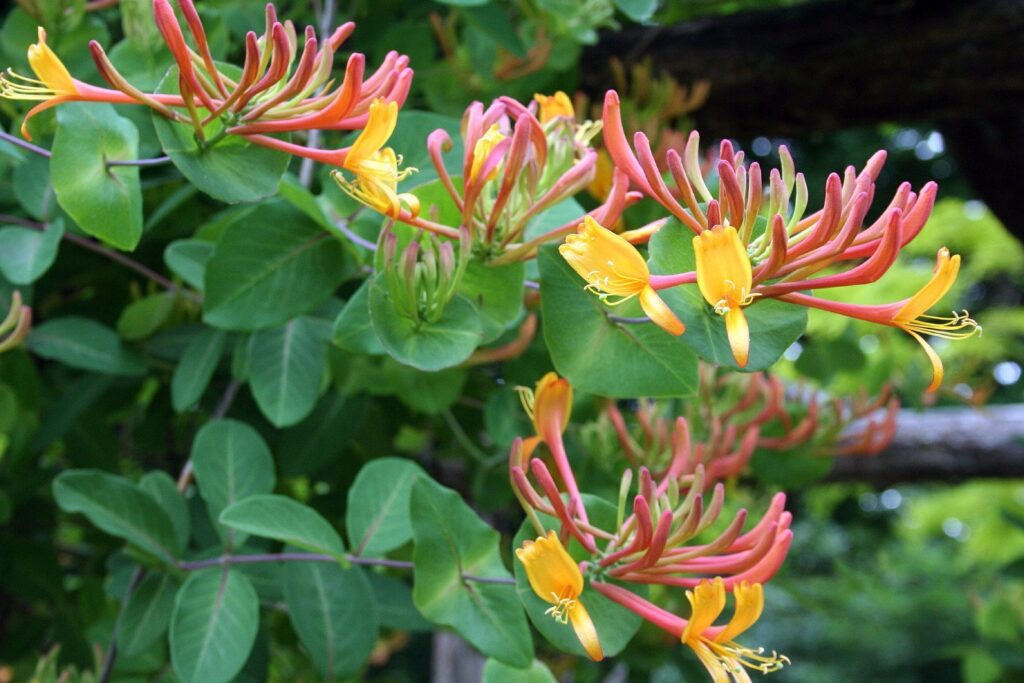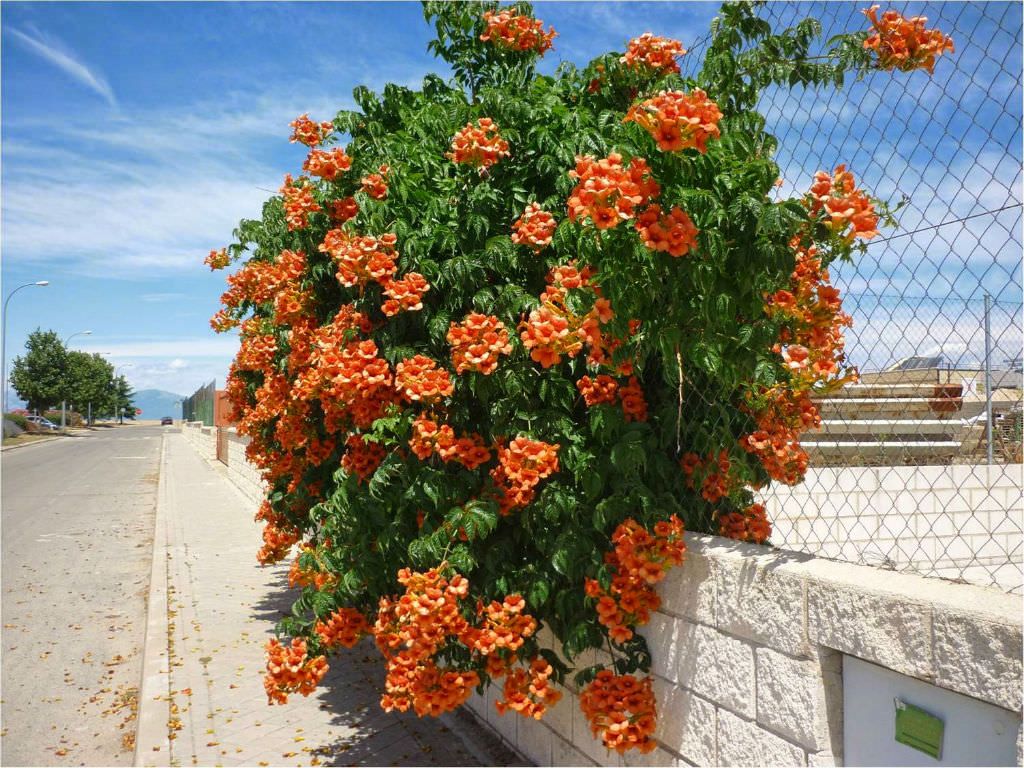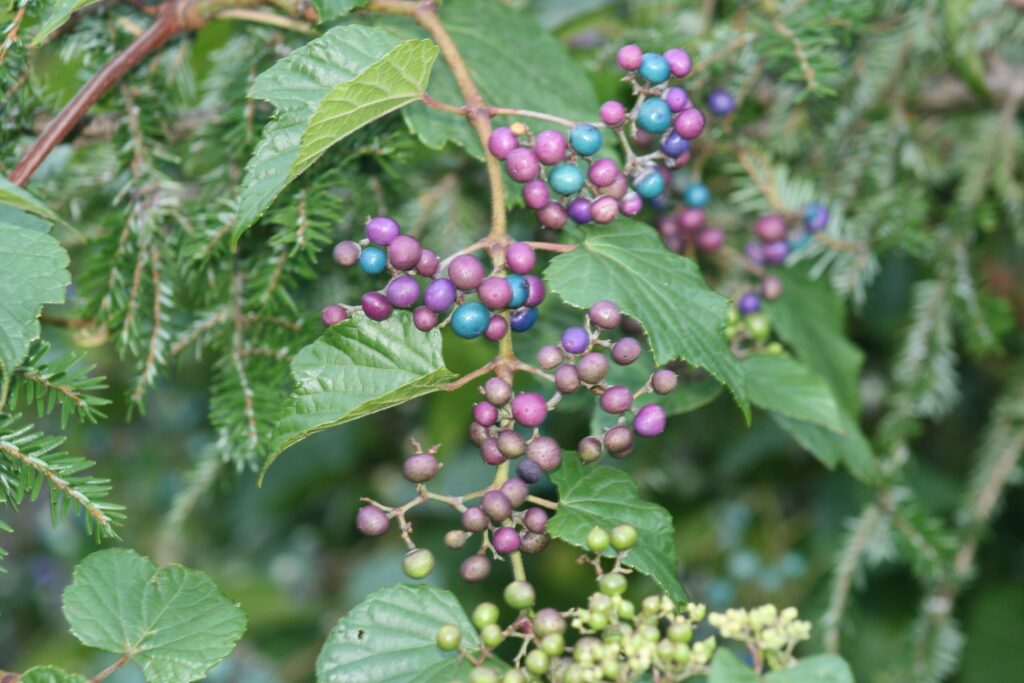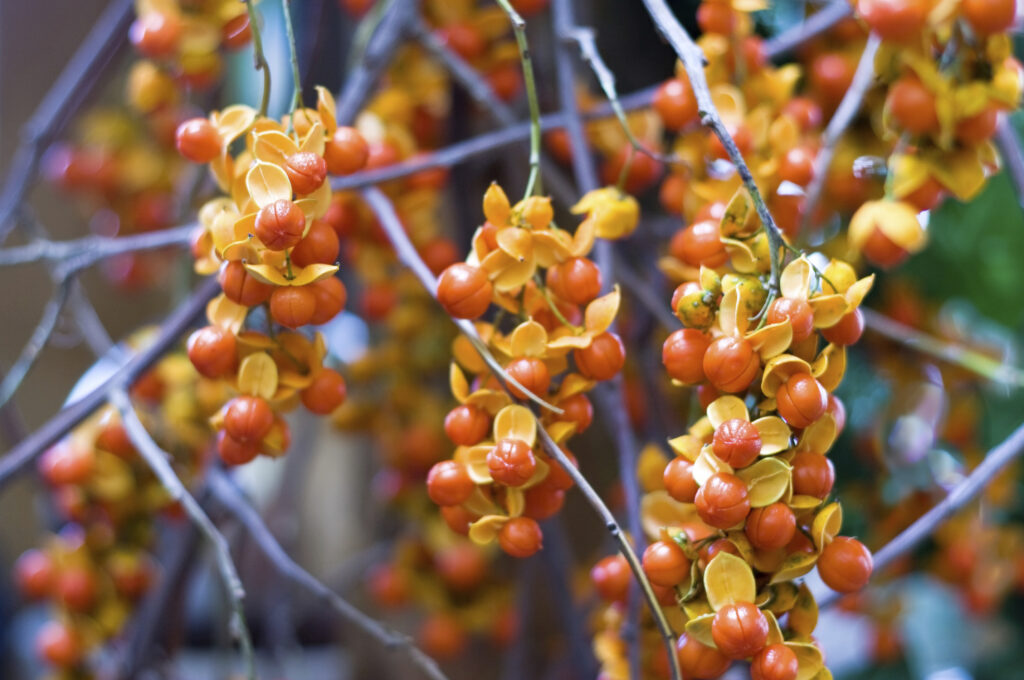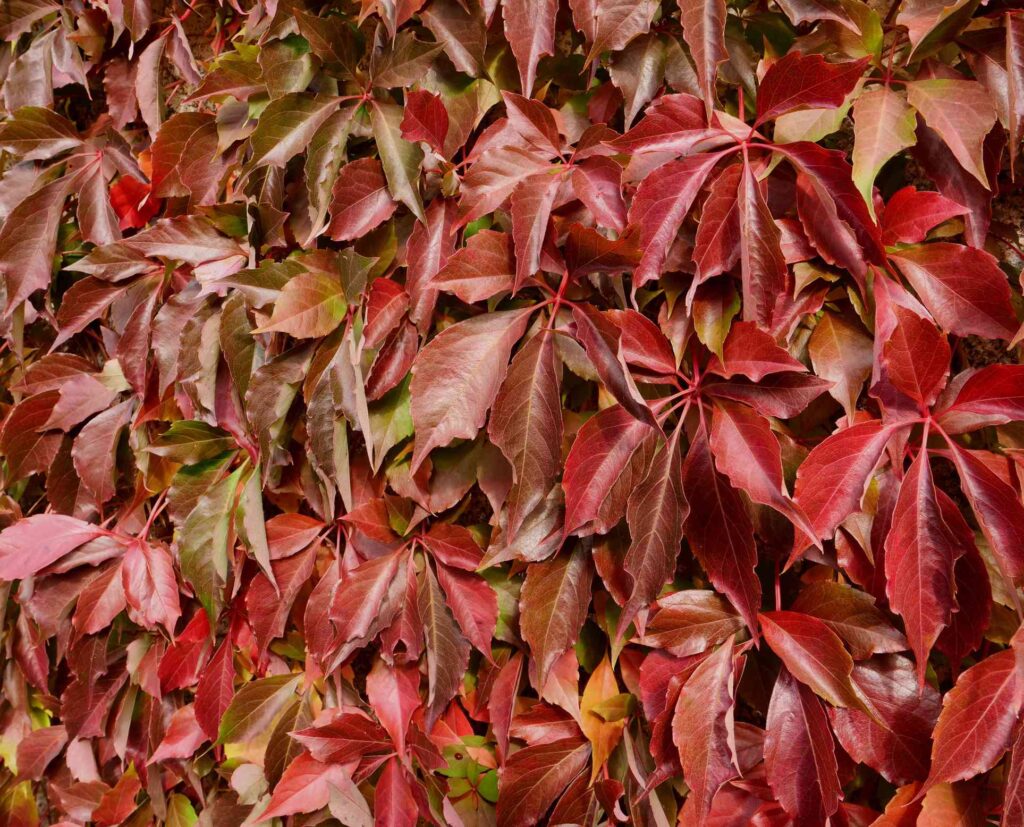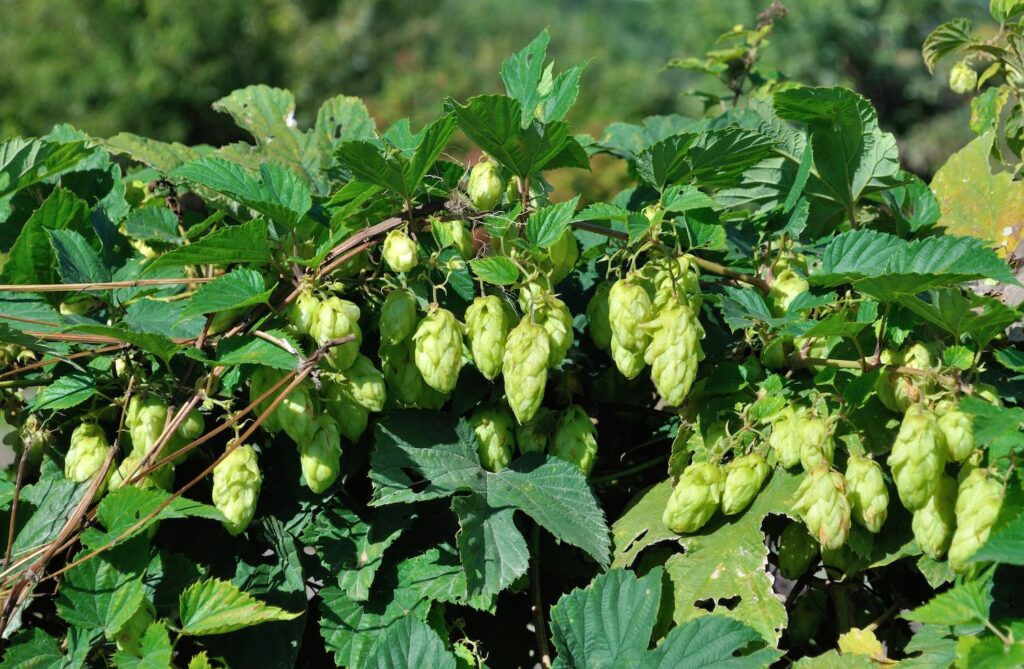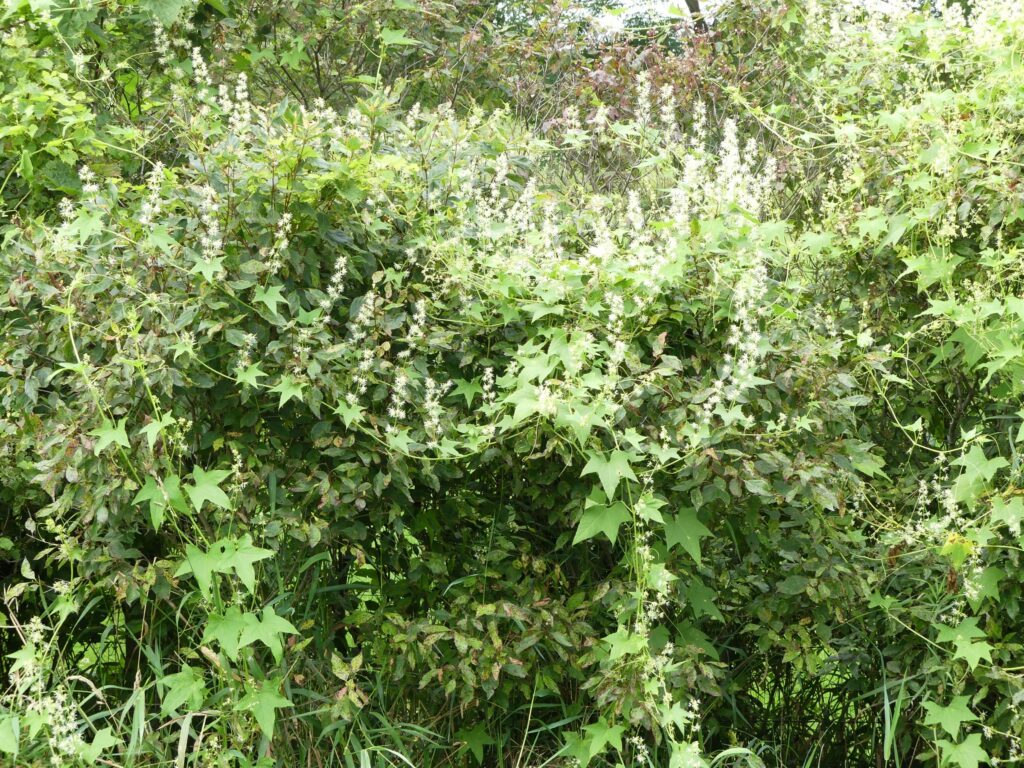Hey there, spice enthusiasts! The much-anticipated hottest pepper list of 2023 has finally dropped, and it’s not for the faint of heart. If you’re an advanced gardener or an adventurous cook, these insanely hot peppers might be just your thing. So, what’s the secret behind their fiery nature? It’s all about the capsaicin compound, tucked away in the lining and seeds of these little firecrackers. The heat level of these peppers is measured on the Scoville Scale (SHU).
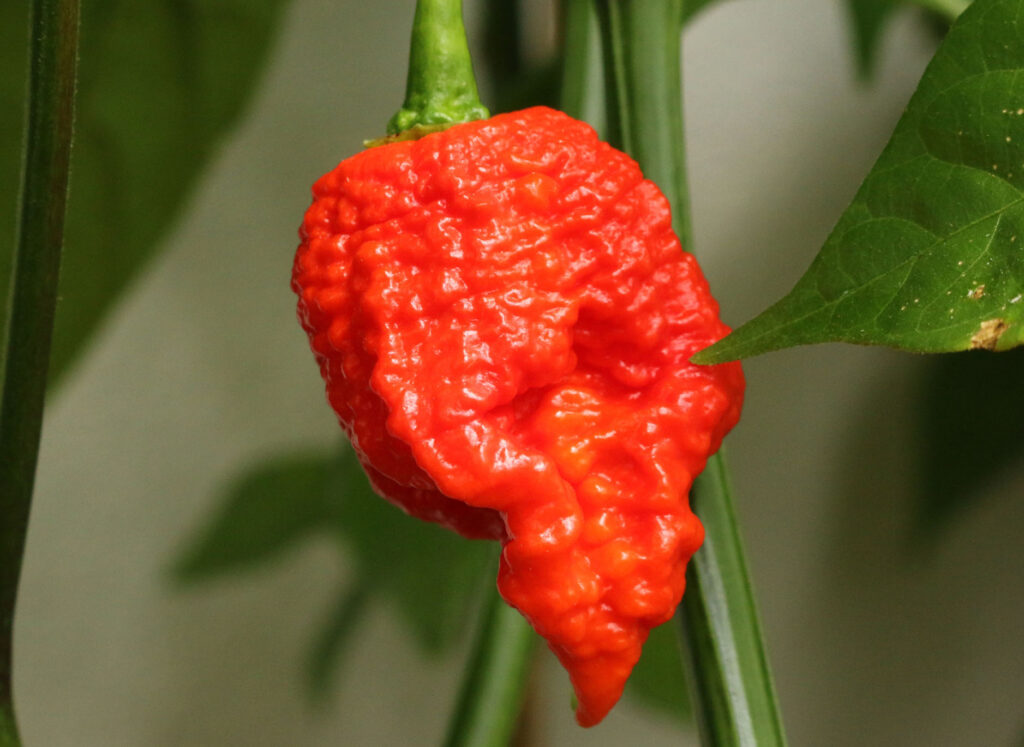
Topping the list this year is the Carolina Reaper, boasting a scorching 2,200,000 SHU. To put it in perspective, that’s a whopping 200 times hotter than your average Jalapeno pepper! But what’s truly fascinating is that it’s not just about the heat; this pepper is also known for its fruity flavor. Fun fact: it’s a genetic cross between a Habanero and a Ghost Pepper.

In the second spot, we have the Trinidad Maruga Scorpion Pepper at 2,009,000 SHU. This one’s a bit of a rare find, recently discovered in Trinidad and Tobago. It’s like the hidden gem of the pepper world.

The third place goes to the 7 Pot Douglah, also known as the 7 Pod Douglah Chocolate, with a sizzling 1,854,000 SHU. What sets it apart is that it’s the hottest non-red pepper you can lay your hands on. Gardeners love it not only for the heat but also for its distinctive flavor.
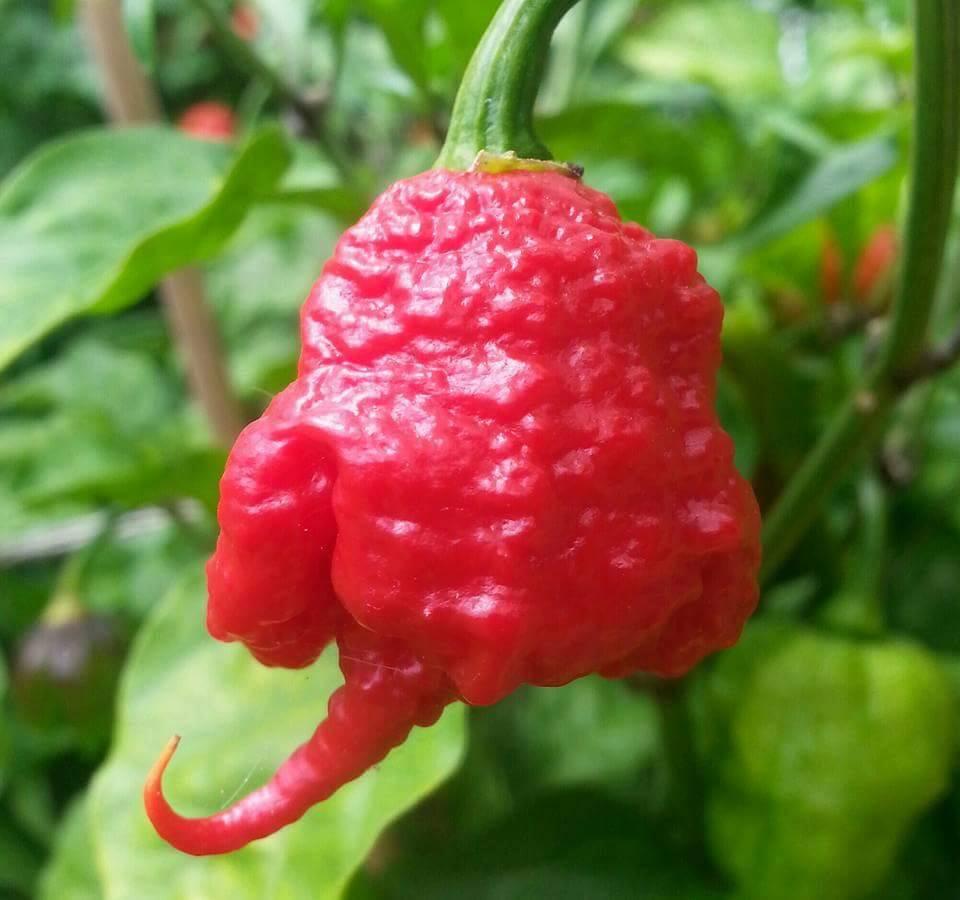
Next up in fourth place is the 7 Pot Primo at 1,469,000 SHU, complete with its little tail. And in fifth place, we have the Trinidad Scorpion, named after its notorious “scorpion tail,” clocking in at 1,464,000 SHU.
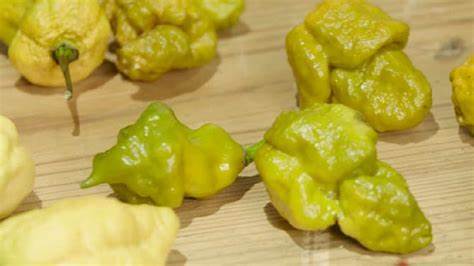
Now, there’s a mysterious contender called Pepper X, claiming to be twice as hot as the Carolina Reaper. While it’s yet to be officially verified, the rumor mill insists it’s a super-hot pepper. What would you even use it for? Well, that’s anyone’s guess!
For some perspective, consider that sweet bell peppers register a gentle 0 on the Scoville Scale. A Jalapeno, a popular choice for many, falls between 2,500 and 8,000 SHU. Cayenne comes in at 30,000 to 50,000 SHU, while the Habanero is known to pack a punch ranging from 100,000 to 350,000 SHU. Keep in mind that these numbers can vary depending on the specific environment and pepper varieties.
If you ever decide to dive into the world of cooking with these super-hot peppers, here’s a golden rule: safety first! Always wear gloves, and be super careful around your eyes and mouth. Want to dial down the heat a notch? Simply remove the seeds and inner lining of the pepper. If you’re new to this spicy journey, you might want to start with medium-hot peppers like Jalapenos and gradually work your way up to the hotter contenders.
So, there you have it, the sizzling lineup of 2023’s hottest peppers. Are you ready to take your taste buds on an epic adventure, or is this fiery territory a bit too hot to handle? The choice is yours!

